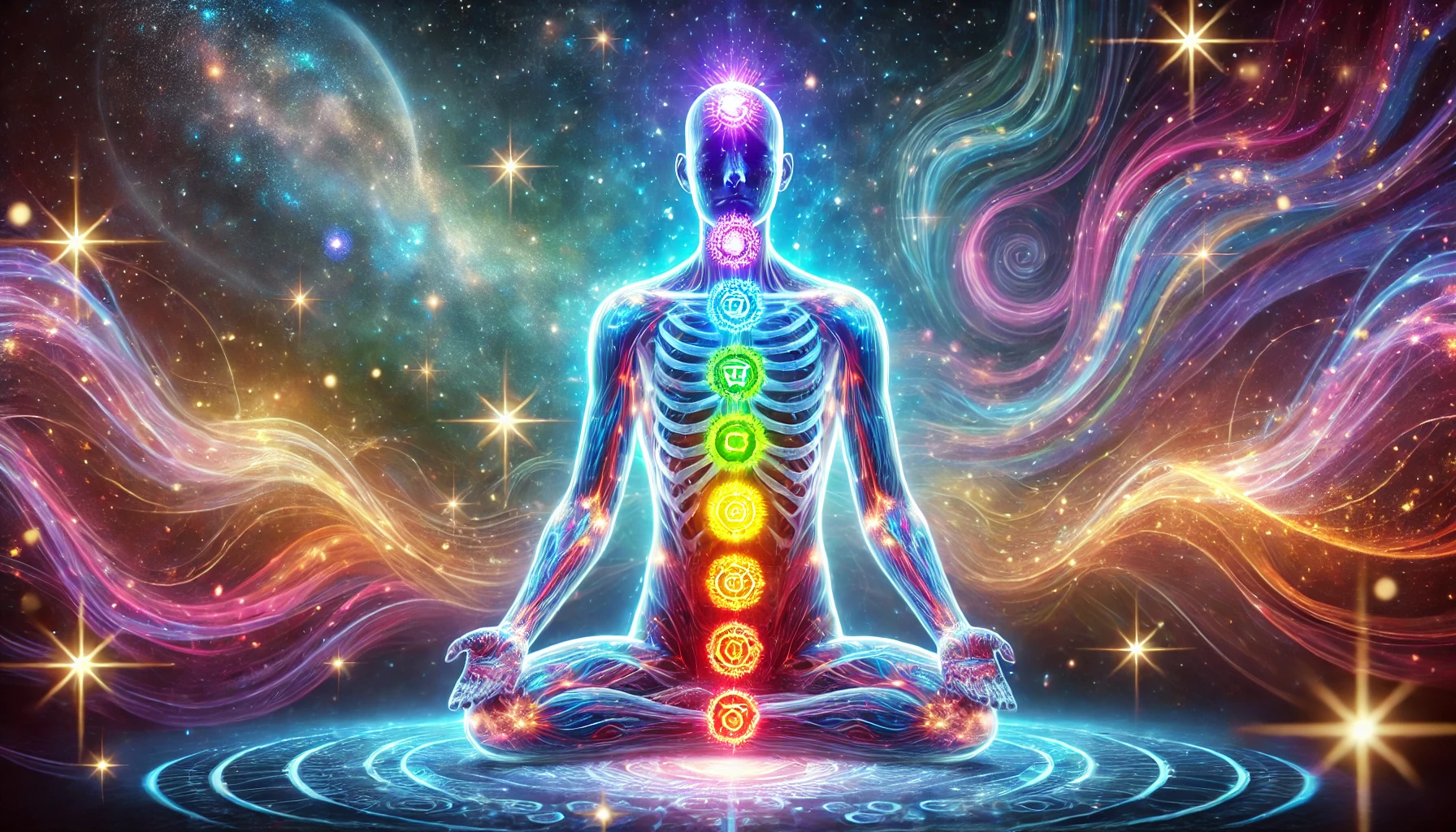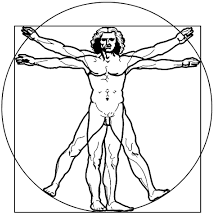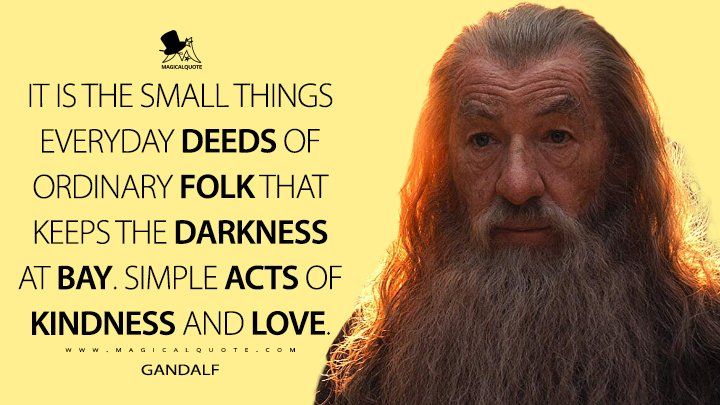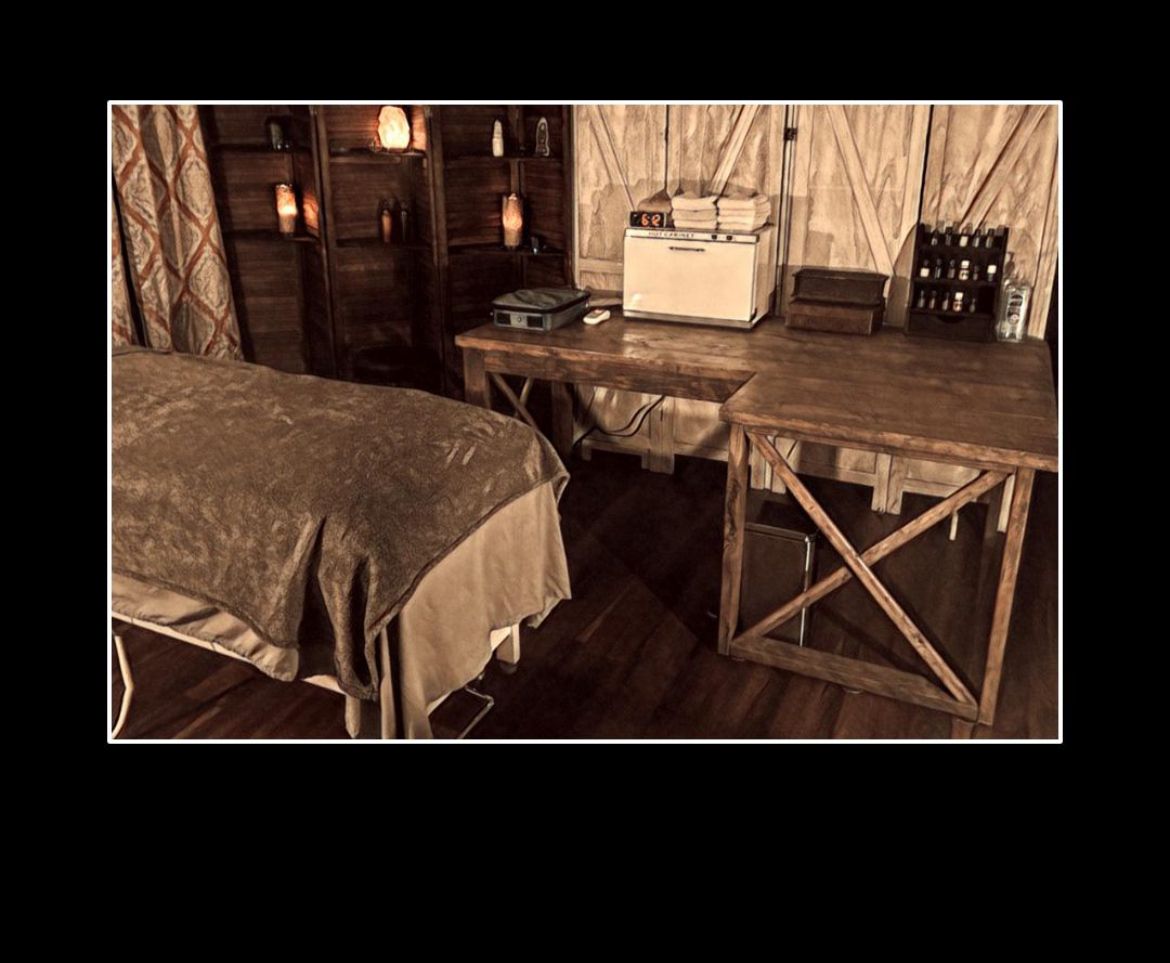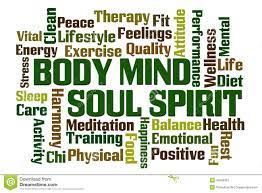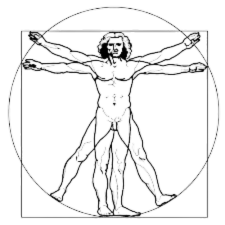The Lord of the Rings | Massage and Hypnosis McKinney
How the Lord of the Rings and Heros Can Help Our Minds Heal
Every few days or week I will publish a short 5-10 minute audio for you to listen to on your way to work, the grocery store, or even at home. These short audios are to help you thrive in today's world and gain some personal help from me. Download them and listen to them wherever you are.
It's my gift to you!
Thank you!
TRANSCRIPT BELOW:
Wizards and Heroes In Our Life Story
Hi there.
Today I was working on my certification for life coaching. A part of that process is distilling down our thoughts, feelings and life desires.
One of my highest goals, I want to help people know themselves.
Many of you that have known me for a while may know that I love the Lord of the Rings.
Especially the archetype of the wizard. The wizard always is there to help and to guide the the heroes through the story. While he may, or may not accompany them on their Journey. He is there for advice, and a shift in perspective.
He's not typically the one who actually does the work for the heroes, but he has usually shown the heroes where to look for what they need.
That lead me to remember this clip from Lord of the Rings:
That lead me to remember this clip from Lord of the rings.
At the beginning, Gimli (the dwarf) is walking through the forest of Fangorn. He finds some Orc blood.
To me that's almost like residue that lingers in our minds from the parts of us or habits that we don't like. It leaves a bad taste in his mouth.
The forest that they're walking through is a lot like the synapses of the brain. In fact, our brain even looks like a forest with all the pathways that fire to create memory and feelings.
As these signals connect the thoughts about the memories of the past, the unresolved anger that this Forest feels. It's been buried like a hatchet. The anger festers and causes pain in our body. Especially in our low back. Pain can happen in other places, but it's the anger that seems to really be the cause.
Even the trees Creek like old bones.
How Gimli, Legolas, and Saruman Relate To Us
Now Gimli, he is like the part of us that wants to attack, and he wants to kill, and destroy all these unknown thoughts these feelings. Eradicate all these unknown sounds from the trees.
His aggression and his raised axe angers and inflames the trees just like inflammation in the body.
It's important to know these same trees later on in the movie actually eradicate an entire Orc army.
These trees, are speaking to each other. Just like the pathways in the mind create thoughts that lead to feelings.
Now Legolas talks about how the elves taught the trees to talk, or to understand the thoughts and the feelings that are created from them.
Gimli thinks this is absolutely ridiculous. He thinks thoughts are dumb. They're not important. They can't possibly have feelings. In fact, he even refers to the notion as squirrel droppings.
Legolas (inner sight) senses the approach of something big. He's picking up on this big change.
Saruman is one of the antagonist of this story. He's the supposed to be the White Wizard. He is the highest, very the wisest of his order. He ends up falling prey to the desire for power and dominion over others.
He has a very loud, charismatic and powerful voice. He is the part of us, or how we've acted in the past. That part we don't like. That said those hurtful things, or did those actions we regret. He is that person that we thought that we had to be because we just reacted to everything in our life. We didn't know how to respond the way that we wanted to respond. Or maybe we didn't even have our goals to guide us on how we would like to be.
The Battle of the Mind
So the group gets ready to battle this foe.
As he approaches they understand that he's the old ideas. The old emotions. The negative unuseful thought patterns that are used to persuade, and to control the rest of the thoughts and the actions that we do.
The group decides to muster all their self-help weapons that they've been gathering through books, introspection, and guidance. They know that they have to be quick or else the white wizard will put a spell on them.
If he puts a spell on them then they're basically negated and won't be able to do anything. And will be at the mercy of being reactive.
The Hobbits that are mentioned are a lot like our innocence. They were abducted and tortured by the Orcs earlier on.
These thought patterns, this group of heros are chasing and trying to reclaim the Hobbits.
They're on a mission to rescue these helpless and innocent Hobbits from all the things that have happened to them.
Legolas also says the words "forgive me" and forgiveness does play a huge role in this epic life. Forgiveness of others and especially in the forgiveness of self.
This is all happening inside the forest of the mind.
Quit Striving for Perfection.... Even Wizards Fail
The reconciliation that happens as Gandalf accepts that he is Saruman, or at least the Saruman as he should have been. Based on the defined personal goals, the desires, and the beliefs that he is working towards obtaining.
Aragorn reminds him that "you fell" and yes we all will fall. That's what makes us human. We are perfectly imperfect.
Instead of striving for perfection. The big idea that we really should try to focus on. Is that we do our best with every decision that we make. Yes, some of those best decisions that we make are going to fail and that's just part of what this whole big game is about.
We always have a choice. Even if they both suck.
We can always choose the best option that we have. We continue from there, because the past does not dictate the future.
Empowerment and the growth process really happens when Gandalf talks about his fall.
Earlier on in the trilogy he fell. But he fell on purpose. He CHOSE to let go of the bridge and he went after the demon. Head on, and he fought to the lowest dungeons, and to the highest peaks.
Facing Our Demons and Turning the Tide
This is what a lot of us know a shadow work, where you face all the demons that we run away from. The stuff that we hid deep down and we refuse to accept. Eventually we confront all of our demons. We accept them. We accept that those parts were part of us, the old Saruman, but that we have re-emerged as something better.
We accept all that stuff. That we've gone through and noticed that it's it is in the past, and that we get to choose where we go, from here.
Also, notice that the darkness took him, but the darkness isn't negative or a hellish place. It's a place of calm, nurturing, feminine energy. Where he was then met by one of light. Where he was enlightened. The light within the dark. The Yin and the Yang. The two parts become one or whole and a lot of people would see this as a holy experience.
He feels the renewed effect as he realizes that he has changed.
That he CAN change.
That the past does not equal the future.
He's more powerful. He's wiser. He's more empowered, and he acknowledges the past as he states "yes, that was me; that is what they called me but here I am now with a new Focus and with a new turning of the tide."
This really spoke to me. Not only to really understand and know myself , but to the best of my ability to help other people around me be themselves. To know themselves, and to to be okay with who they are.
Even when we make mistakes I hope that we give our selves some room, and some latitude that you are doing your best.
To see if we are still living in a world of reaction as opposed to one of conscious response.
Anyways I just wanted to share this and I hope that maybe there's something in it for you too.
So, I hope you have a good day and I appreciate you going through this experience with me.
Talk with you later.
A really popular service I have that relates to the allegory above is called Tela-Conversational Hypnosis. Click on the link and check out more information on how it might benefit you.
*** For the holidays, birthdays, or just because, a gift certificate given to someone you love shows you really care about them and want them to feel better; both mentally and physically. Grab one or several today for those you love.***
Share this post with friends and family. You never know when the simple things can change someone's life for the better.
Share Today!


